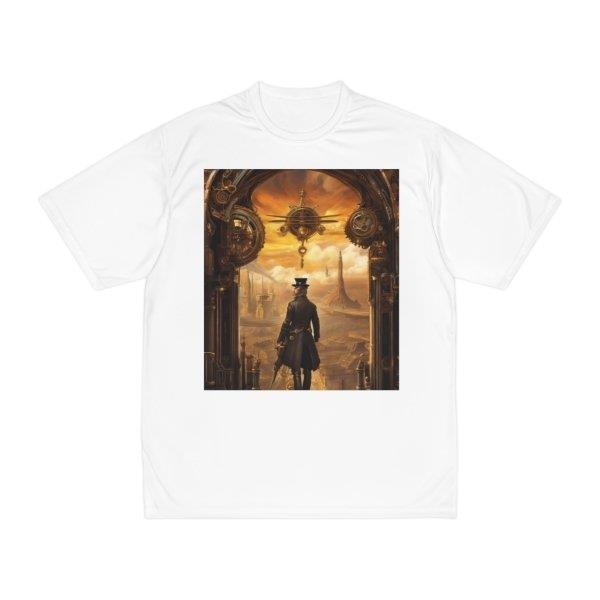The Role of AI in Fashion Design
Predicting Trends: AI algorithms analyze vast amounts of data from social media, runway shows, and consumer behavior to forecast upcoming fashion trends accurately. By identifying patterns and correlations, AI empowers designers to stay ahead of the curve and anticipate consumer preferences.
Generating Innovative Designs: AI-powered design tools assist fashion designers in developing novel and cutting-edge designs. These tools leverage generative adversarial networks (GANs) and other deep learning techniques to produce unique patterns, textures, and styles that push the boundaries of creativity.

Enhancing Efficiency: With AI, the design process becomes more streamlined and efficient. Automated workflows and smart design assistants help designers optimize their time and resources, allowing them to focus on the creative aspects of their work. At the same time, AI handles repetitive tasks and logistical challenges.
Personalization and Customization: AI clothing design enables personalized shopping experiences by analyzing individual preferences and style profiles. From recommending tailored clothing options to facilitating made-to-measure services, AI enhances customer satisfaction and loyalty by delivering products that resonate with each individual's unique tastes and preferences.
Sustainability and Ethical Considerations: AI is crucial in promoting sustainability and ethical practices within the fashion industry. By optimizing supply chain management, reducing waste, and optimizing resource allocation, AI helps minimize the environmental impact of clothing production while ensuring fair labor practices and transparent sourcing.
AI Fashion Generators: Redefining Design Possibilities
Unleashing Creativity: The AI clothing generator provides designers with vast creative possibilities by offering instant access to diverse design elements, styles, and inspirations. These tools serve as virtual design assistants, helping designers overcome creative blocks and explore new design directions effortlessly.
Customization and Adaptability: With AI fashion generators, designers can easily customize designs to suit specific preferences, demographics, and brand aesthetics. Whether it's adjusting colors, patterns, or silhouettes, these tools empower designers to create tailored solutions that resonate with their target audience.

Efficiency and Speed: Traditional design processes often involve time-consuming iterations and manual adjustments. AI clothing generators streamline the design process by rapidly automating repetitive tasks and generating design variations. This acceleration allows designers to meet tight deadlines and respond quickly to market demands.
Collaborative Opportunities: AI fashion generators facilitate collaboration between designers, brands, and consumers by
providing a shared platform for design exploration and feedback. Design iterations can be easily shared and refined in real time, fostering a collaborative and iterative approach to fashion design.
AI in Fashion Retail: Enhancing the Shopping Experience
Personalized Recommendations: AI algorithms analyze customer data, including past purchases, browsing history, and preferences, to offer customized product recommendations. This tailored approach enhances the shopping experience by presenting shoppers with items that align with their tastes and style preferences.
Virtual Try-Ons: AI-powered virtual try-on technologies allow customers to visualize how clothing items will look on them before making a purchase. By leveraging augmented reality (AR) and computer vision, these tools accurately simulate fit, fabric drape, and overall appearance, reducing the need for physical fitting rooms and enhancing convenience for shoppers.
Size and Fit Optimization: AI fashion design algorithms help retailers address sizing issues by analyzing body measurements and fit preferences to recommend the most suitable size for each customer. That reduces the likelihood of returns due to improper fit, leading to higher customer satisfaction and loyalty.
Inventory Management: AI-driven inventory management systems optimize stock levels and product assortments based on demand forecasts, sales trends, and market dynamics.
Retailers can minimize waste and maximize profitability by accurately predicting consumer preferences and avoiding overstocking or understocking.
Conclusion:
AI fashion generators redefine design possibilities by unleashing creativity, facilitating customization, and fostering collaborative opportunities among designers, brands, and consumers. By democratizing access to design tools and resources, AI empowers a new generation of designers to contribute to the diverse fashion landscape.
The transformative power of AI fashion design with Pixite and retail is undeniable. AI will continue revolutionizing the industry as technology evolves, unlocking new realms of creativity, efficiency, and sustainability.



